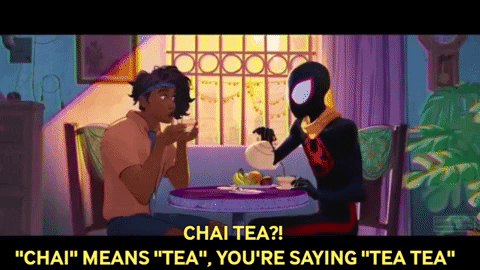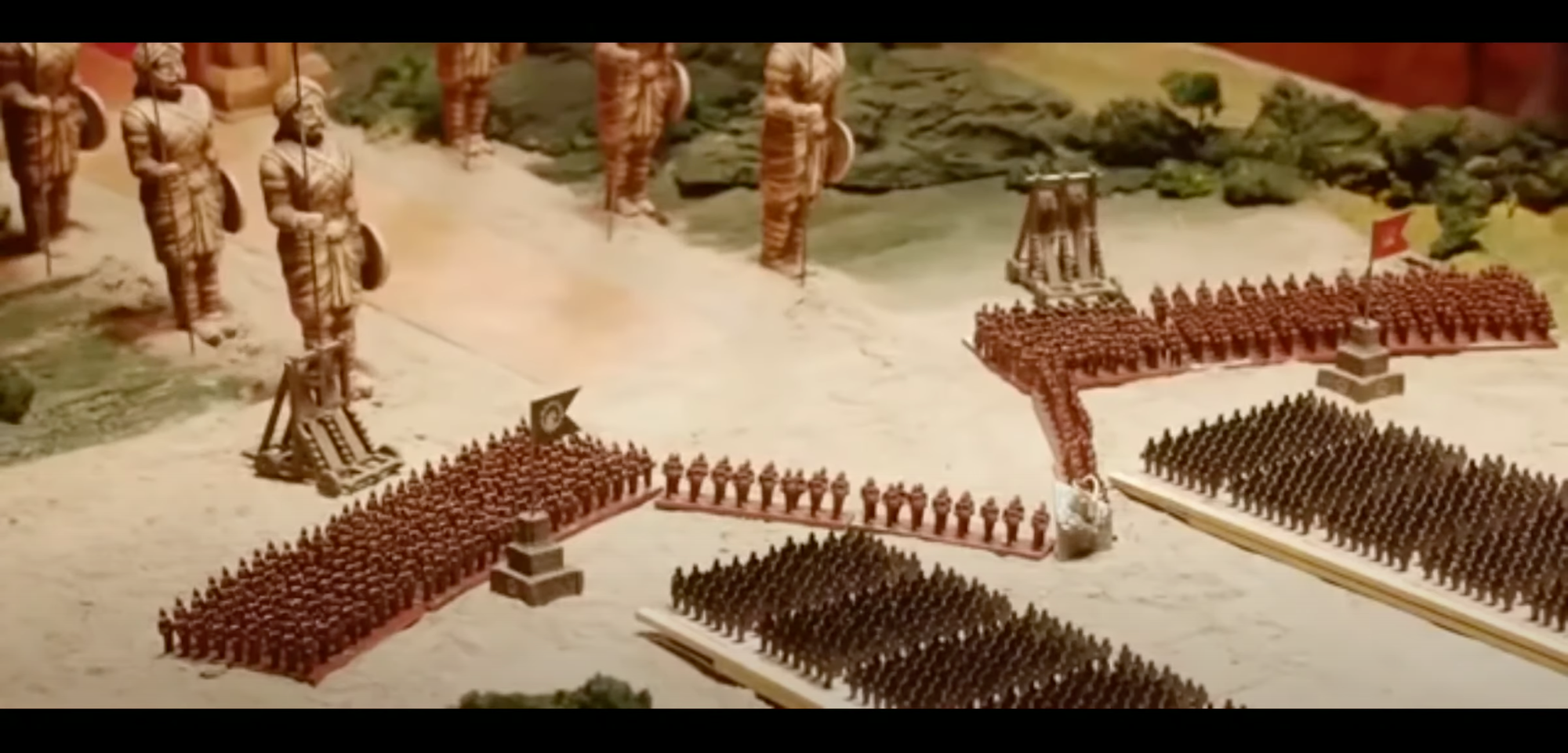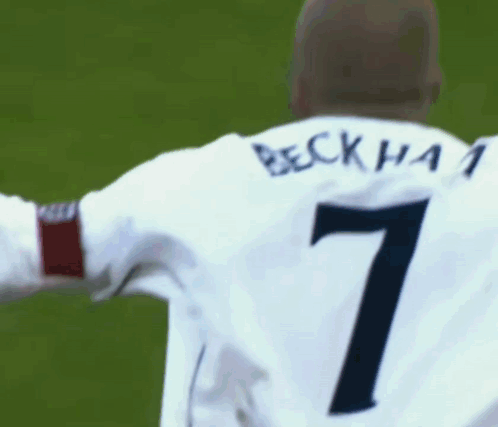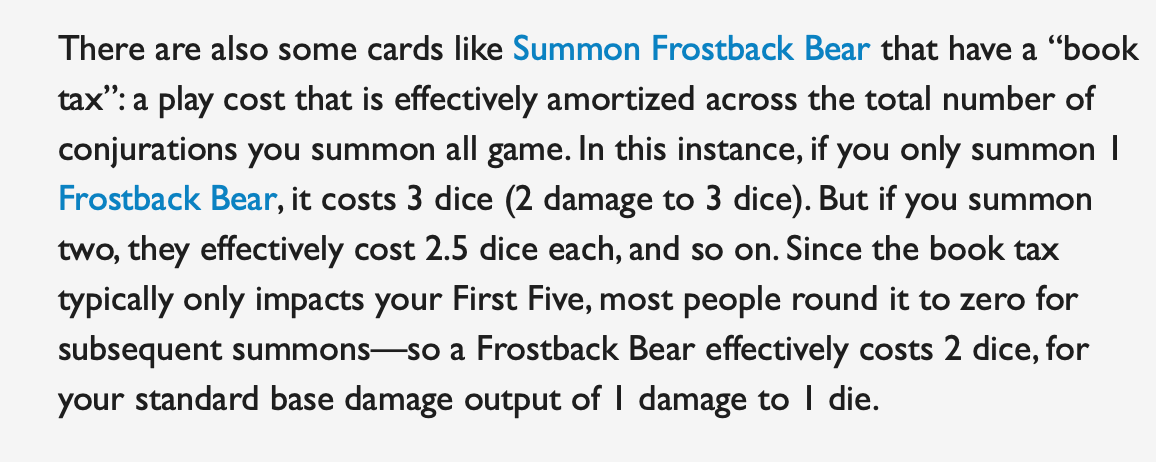Nainamma

My grandmother is aging. I don't know if I will see her again, before she dies.
I disagreed with a lot of things she did, and we didn't spend that much time with each other.
But I was thinking writing something like this, will be the exact fame on the internet that she would appreciate, and will be a good return on investment on what she did, do.
All of the following is 100% true and cool.

My grandmother is a villager from a town in India. She studied math in telugu, and while I found that weird at the time, sets the correct tone for this article.
If you think about it, the word 'equals' makes more sense to latinized audiences, and there's a keyboard symbol for that: =.
In a Telugu textbook, though, I guess they might have used 'samanam' which translates to congruent, in my opinion, not equal to.
I believe she was raised in a generation when in times of scarcity, men were given more food, and education as a whole was very backward in the western sense.
In the Indian sense, I don't think the education of women was on anyone's mind, anyway.
Based on something her brother said, I think her generation was the second generation post-Indian independence, in 1947.
Reading between the lines, this is a trend that happened in my mother's generation, too.
My mother made sure to enforce equality on everyone of my age in the house, so the fights between me and my sister tended to be personality based, and not based on gender.
Even if she didn't do that, though, I am pretty sure I would still insist on fairness, in the singular sense. ( Well, I think you are pretty rude...)
The real victory here is that my mother's enforcement made a long term impression on people's perception of independence and strength.
For example, no matter how stressed my mother was, when she had the opportunity, she always made it a point to praise my nainamma's efficiency in managing money.
Clearance
Nainamma, means nana's mother, where nana means father, and not nanny.
Amma means mom, so unlike English, tagging on amma is allowed. Ammamma, is mother's mother, but mom-mom and dad-mom sounds like the bad childhood game we used to play.

Nainamma taught me how to play a card game, that was new, and had more strategy than go fish.
Combined with probability, it was more like poker, than chess.
I used to find it funny, because she would call 'spade' ishpade - I suspect it's the Telugu corruption of the British word. She would also call something, ahteen, I think it was the hearts.
As in, 'Ah! the heart of a teen.'
Just kidding, I don't know what her reasoning was.
She was very grumpy, and difficult to understand, but this is true of many people in the board gaming community.
She had that desire to win that happened without effort, and had a lot of IQ. She won easily, and often optimized very well.
She corrected me a lot, which lead to improvements in my game, too.
Some moves are 'objectively correct', and are always the right move, and this is something I first learned from her.
For example, order of operations matter.
Scoring a 10 of diamonds, first, can get you a lot of points, because in this game 10 diamonds is weighted higher than any other 10.
But if you are confident your opponent has no 10s, and no way to score that 10, waiting to score the 10 last, nets you a free point - for clearing the board.
Clearance!
And this point could make the difference between players of equal strength, and equal luck.
This is there in chess, too. A balanced state can become unbalanced, depending on who moves. You can make a winning game, a loss, by attacking when you should defend, and vice-versa.
Also, these moves vary from domain to domain - but, every domain has them, without fail. Good example is in medieval armies, the faster units are on the flanks, with the stable unit in the center.
This is something you see in football, I guess - with right wingers, midfielders, and left wingers.
Maybe this is why Rajamaata positions Katappa in the center, and the rivals to the sides in that battle. 🤔
We would want veterans in the center, who won't break under enemy fire. Or Beckhams, if my understanding of football is right.
Plus, it would be nice if the boys fought the actual enemy, instead of each other on the field. But, the dynamics of right wingers and cavalry are not the same - they are similar.
For example, Katappa shouldn't move, because if he does, the foundation might be risked for the entire army.

In this formation, the stable center resists the enemy like water around a boulder, into Bahubaali's and his bro's, faster units. I guess the siege engines in the back, are the focal point - as long as they are protected, they can kill en-massé.
Looks like Rajamaata adopted for a pincer strategy though, to encircle and kill the head of the snake as soon as possible, opting for a morale victory.

But, any player in football can score. Especially if you can bend it like Beckham!

Point in case for poker:

Chess
As a child, I became cocky because I thought I was a good player. I was praised a lot, and got the youngest prize award, until my sister joined next year.

I was participating in tournaments, and I was good for my "age" if some adults were the bar, which in hindsight, they were more like the intelligentsia, I guess.
Looking back, I did somethings really well, like rook-rook endgame, and memorizing openings....But I also lost to fool's mate to my friend in high school. I didn't really grasp the essence of the game.
So I played with my grandmother, her brother, my mother, dance teacher, and father.
Again, nainamma used to call the queen 'mantri' which is telugu for minister.
I think the stereotypical qualities of a manipulative younger queen, arranged in marriage to the old King, by the Bishop, was the point of calling the piece Queen.
But the east-asian version was probably a wazir - a regent, or king maker, who handled the state while the king was incompetent, young or power-averse.


I began to lose pretty quickly, and my ego was cut.
I don't remember if I won or not. I just remember the dread of being an idiot as I was overconfident.
While I was educated in opening moves, and some end game theory, my grandmother had no such framework.
Rook endgame is a solved problem (just like leetcode) where what you do is a similar algorithm set of steps every time.
Once you have a name for something, you can transform problems into other problems, with small changes.
I am pretty sure she didn't know these tricks, though.
Counter (that) Intelligence
As a child, my Tata would bless me whenever I sneezed.
I really liked it - I used to get ASMR in the modern usage of the word.
So I started sneezing serially, and get ASMR repeatedly 😄
But nainamma called it out, saying I was faking it, and then tata stopped blessing.
Bluff tip - patterns are predictable.
Bias enters, at some point, as it's difficult to be 50-50, 100% of the time.
So, throwing in lies once in a while, helps break the pattern.
But, she used to do this weird ritual, after every major wedding - that gave me ASMR, too.
She used spit, shoes, brooms and fire, and it's more comparable to Mexican limpia, or something a baba in India might do.
Shoes are bad in India - in the sense that no one uses them, so to use it wrongly is the same as provoking a duel in America, by goading or insulting them.
Not an exact match....but I don't know what exactly is considered insulting in America, that is also cultural and specific to America. maybe...'You would perform better under a queen'. 🤷
So I think the point of the ritual, especially using bad things (she used to actually spit), is to first unload my ego (children of wealthier parents were treated well, and in my opinion, pretty spoilt) and then reset the spirit.
I liked it though, and the AMSR was nice.
I think all the bad things were sleight of hand, to mask her intention....the kind intention was accompanied by movements that had the same rhythm, but her words were forceful.
It's like having a beautiful snake moving, but the intention is to kill the ego, not the rat.
This is something you see in Karate Kid, and anime - maybe inner harmony can create a false sense of peace, which in combat manifests in a sneak attack.

Chinese Checkers
Nainamma was very famous for playing this game well.
Looking back, I think she used an algorithm that used exponential results.
I think she would place her checkers in seemingly "distant" spots, which won't make sense to the naive player.
The naive way is to keep moving along, step by step.
But if placed with the right amount of space, the checkers start moving exponentially faster, since the checkers placed before, makes the next move bigger by a whole degree.
This is because you can move only 1 checker, but you have unlimited jumps.
So slow play in the beginning, pays off with fast play later, IF the stops are spread through the board.
In the version she used to play, I think you can skip 5 spaces, if there are 2 spaces on either side.
Likewise, you can skip 7 spaces, if there are 3 free spaces on either side of a checker.
There is no limit to this 2 or 3 - can be 7, too.
Example
7 spaces can be travelled, if you have a highway of 3 checkers, in 5 moves.
First move, position a checker.
X
Second move, jump over it, with another checker.
XX'
Third move, move the previous checker, 1 space.
X X'
Move it again. Don't jump. Now you have 2 spaces between the checkers.
X X'
Fifth move, move a 3rd piece, over the 1st checker, and 2nd checker.
X X' X''
In 5 moves, the 3rd checker would travel 7 spaces.
And you can play around with this sutra....For example, you can increase the space manually more, in the beginning. This leads to more intervals later, but with increased setup time.
More importantly - you are forming a network.
This way, the setup cost is a 1 time cost, with exponential gains. (called a book tax, in Ashes)

If you are allowed to jump over your opponent's checkers, even easier. They do half the work for you. 😄
This is a good process for Ticket to Ride, too - if you can think in terms of graphs and recursion, like my grandmother.
What I explained, is in this video:
Member discussion